GARDENING WITH NATURE
Article by Sigrie Kendrick
Kill that Lawn
Traditional turf grass lawns, while aesthetically pleasing to some, come with significant environmental and maintenance costs.
Whether because of concerns about excessive water consumption, chemical fertilizers or constant mowing, many homeowners are choosing to kill lawn areas and replace their grass with more sustainable alternatives.
Instead, you could plan a native plant garden, vegetable beds, or simply reduce maintenance in that patch, but removing turf grass is the first crucial step to reducing water consumption and maintenance.
There are many ways to get rid of a patch of turf. Each method has its place depending on your timeline, budget, and environmental preferences. With proper planning and execution, you can transform your space into something that better serves both your needs and the local ecosystem.
Sheet Mulching
Also known as lasagna gardening, sheet mulching stands out as one of the most environmentally-friendly methods to kill lawn. This technique involves layering organic materials directly over existing grass to smother it while simultaneously building healthy soil.
To implement sheet mulching:
- Start by mowing your grass as short as possible.
- Next, lay down a barrier layer of cardboard or newspaper, ensuring pieces overlap by at least six inches, to prevent the grass underneath from finding gaps. Remove any tape or staples from the cardboard, as these won’t decompose.
- Water the barrier layer thoroughly.
- Add alternating layers of “green” nitrogen-rich materials (like grass clippings or kitchen scraps) and “brown” carbon-rich materials (such as dried leaves, straw, or wood chips) The final layer should be four to six inches of finished compost or mulch.
This process typically takes six to 12 months to completely kill the grass underneath, while creating rich, fertile soil perfect for new plantings. Sheet mulching requires patience but offers the advantage of improving soil health while eliminating the need for turf disposal.
The series of photos below are by Rachel Balmforth for her lawn replacement project
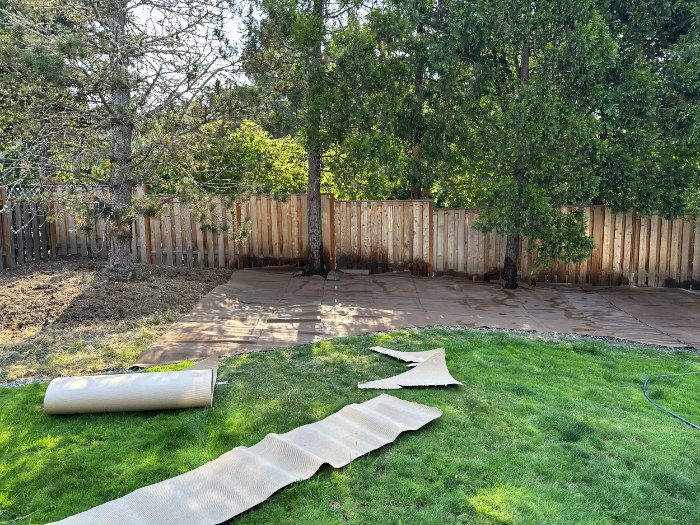
Start of laying cardboard
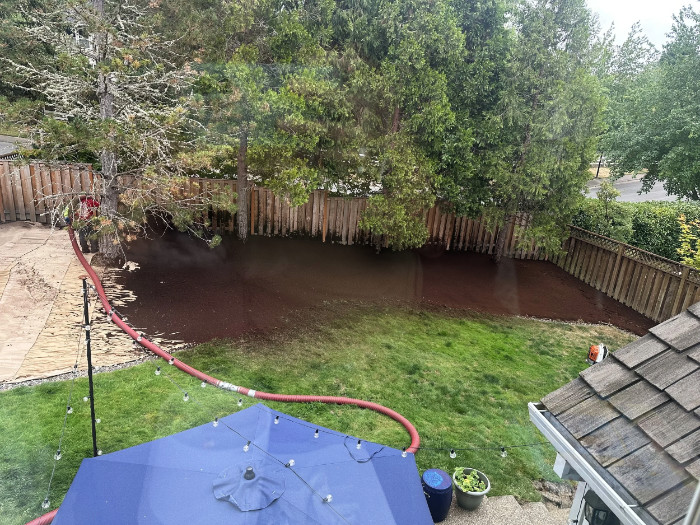
Soaking the area with water
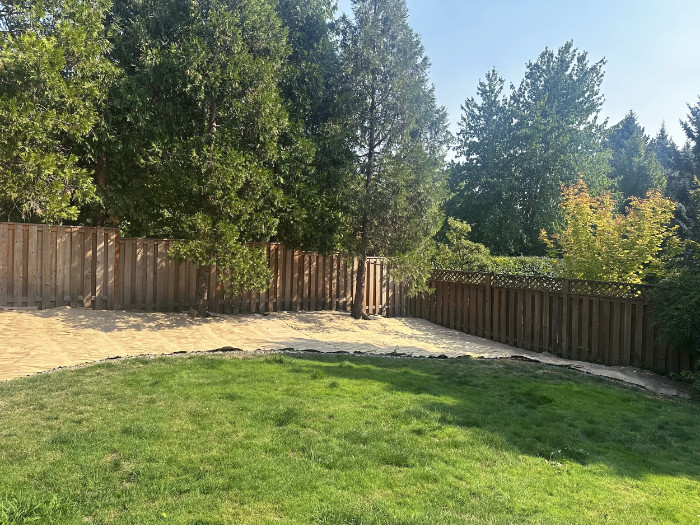
Laying cardboard complete
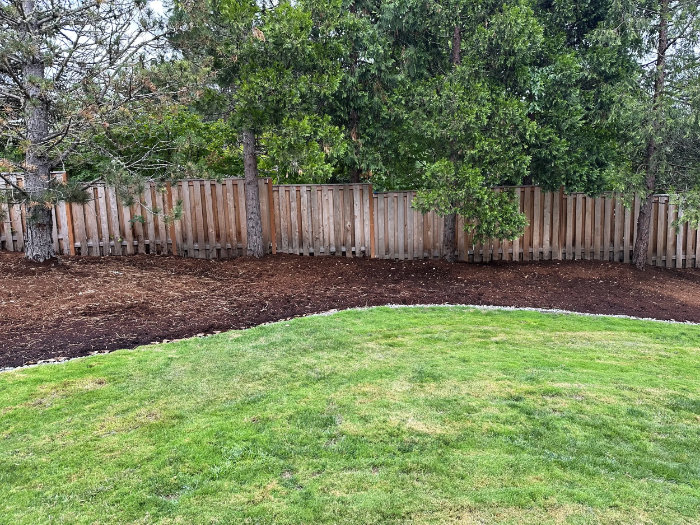
Lawn replacement complete
Solarization
Solarization uses solar energy to heat soil to temperatures that will kill lawn and many weeds.
This method works best where the climate is hot and sunny during the summer months.
- After cutting the grass short, water the area thoroughly and cover it with clear plastic sheeting.
- Secure the edges with irrigation pins, rocks, or bury them in soil to create an airtight seal.
- Leave the plastic in place for six to eight weeks during the hottest part of summer
The trapped heat will reach temperatures of 140°F or higher, effectively cooking the grass and many weed seeds. This method is chemical-free and relatively inexpensive, though it requires specific weather conditions and timing to be effective.
Manual and Mechanical Removal
For smaller areas or when immediate results are needed, manual removal remains a viable option.
This method involves using tools like sod cutters, spades, or specialized grass removal tools to physically lift and remove grass, along with its root system.
- Start by watering the area lightly to soften the soil, making grass easier to remove.
- Use a sharp spade or sod cutter to slice through the grass in manageable sections, typically 12-18 inches square. Work the tool under the grass to lift both the vegetation and the root system.
While labour-intensive, this method provides immediate results and allows for precise control over the removal process.
For large areas, mechanical removal might be the most practical approach.
- Renting a sod cutter can make quick work of extensive grass areas. These machines slice through grass roots at a consistent depth, allowing you to roll up strips of sod like carpet.
- Alternatively, rototillers can break up grass, though this method may require multiple passes and careful attention to removing all the cut grass to prevent it from re-establishing.
Herbicide Removal
While not environmentally preferred, herbicides can effectively kill lawn when other methods aren’t practical.
Glyphosate-based products are commonly used, though they come with environmental and health concerns.
If choosing this route, always follow label instructions carefully, avoid application before rain, and consider the impact on beneficial insects and soil microorganisms. I acknowledge that this is an option for turf removal but in no way condone it.
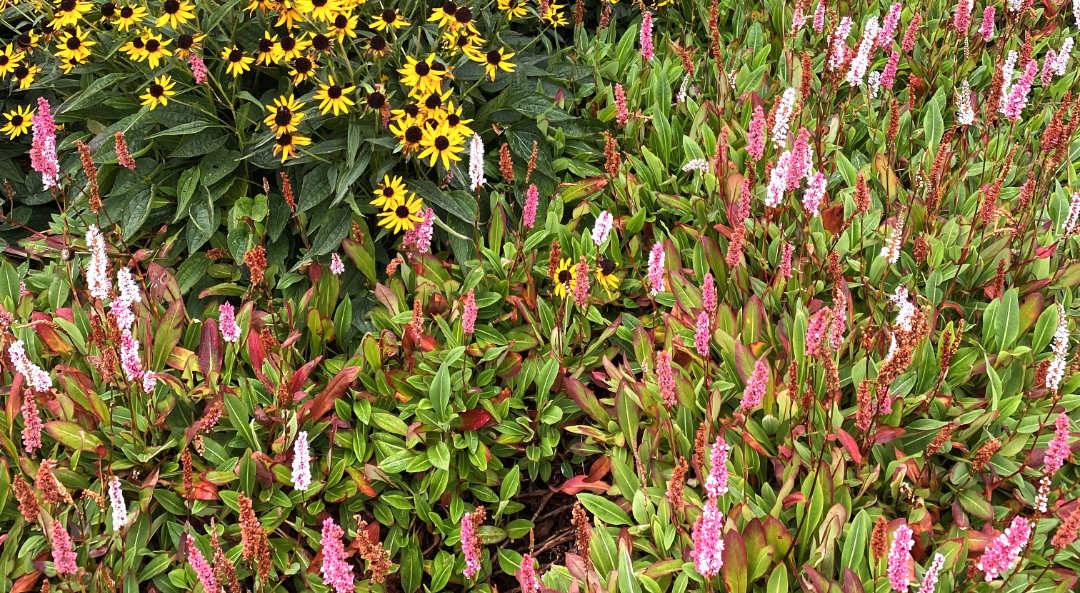
Regardless of your chosen removal method, having a plan for the space afterward is crucial as bare soil is vulnerable to erosion and weed invasion.
Consider your replacement options, whether native plants, vegetable gardens, or alternative ground covers, before beginning removal. Check our blog for more articles on lawn alternatives and native species.
Successfully removing turf grass opens up possibilities for more sustainable and diverse landscapes.

